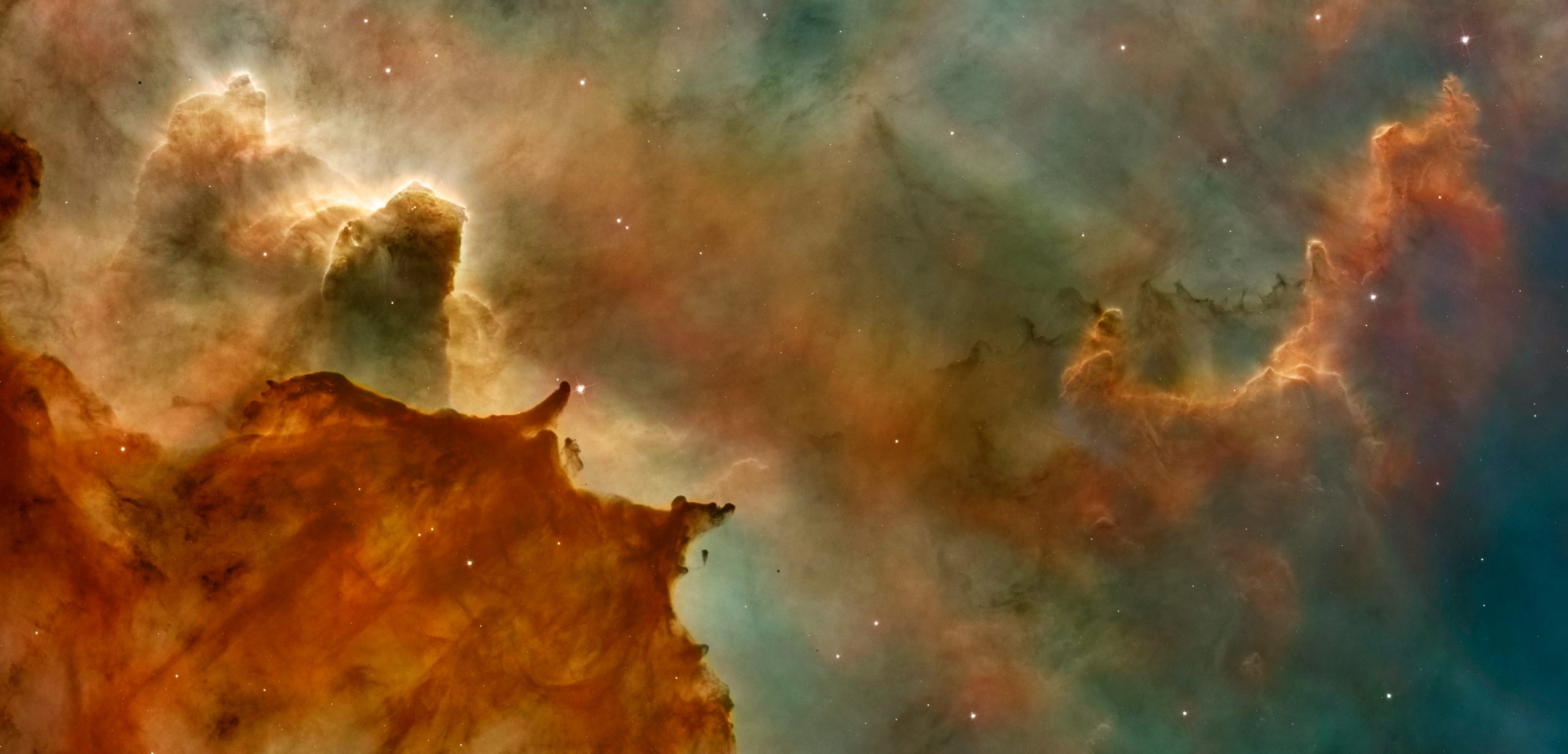Archetypes in Music: Symbolism and Interpretation

Looking for more amazing products? Check out our online store and explore our collection here! Happy shopping!
Before diving in, please note: This post is for informational purposes only. If you’d like to know more about how we approach topics, feel free to check out our friendly Disclaimer Page.
Hey there, amazing readers! 
We’re committed to delivering quality posts, and your support (even just sticking around despite the ads) means everything to us. So, bear with us, and thanks for helping us keep the good vibes rolling. Now, on to the fun stuff!
TRANSLATE BUTTON AT THE END OF THE ARTICLE
A Quick Overview: Introduction to Archetypes in Music
Archetypes in music play a significant role in shaping the emotional impact and meaning of musical compositions.
By tapping into universal symbols and themes that resonate with human experiences, musicians can create powerful connections with their audiences.
In this article, we will delve into the realm of archetypes in music, exploring their symbolism, interpretation, and psychological impact.
From classical to modern music, archetypes are pervasive and shape the way we perceive and connect with the music we hear.
Defining Archetypes and Symbolism
Archetypes are universal symbols or themes that are deeply ingrained in the collective unconscious of humanity.
These symbols represent fundamental aspects of human experience, such as love, death, rebirth, and transformation.
In music, archetypes are used to evoke specific emotions or convey particular meanings to listeners.
Symbolism, on the other hand, refers to the use of these archetypes to represent abstract ideas or concepts in a tangible, sensory form.
Together, archetypes and symbolism create a rich tapestry of meaning within musical compositions.
Exploring Jungian Theory in Music
Swiss psychiatrist Carl Jung developed the theory of archetypes as part of his analytical psychology.
According to Jung, archetypes are innate universal concepts that shape human behavior and experiences.
In music, Jungian archetypes can be seen in recurring themes such as the hero, the shadow, the anima/animus, and the self.
By tapping into these archetypes, musicians can create music that resonates with listeners on a deep, subconscious level, eliciting emotional responses and connections.
Common Archetypes in Musical Themes
In music, some common archetypes include the hero’s journey, the quest for knowledge, the battle between good and evil, and the cycle of life and death.
These archetypes are often represented through musical motifs, lyrics, and imagery that evoke specific emotions and narratives.
For example, the hero’s journey archetype can be heard in songs that follow a narrative arc of struggle, triumph, and transformation, while the battle between good and evil archetype is often found in music that explores themes of conflict and resolution.
The Role of Archetypes in Songwriting
Songwriters often draw upon archetypes to create compelling and relatable music.
By using universal symbols and themes, songwriters can craft lyrics and melodies that resonate with a broad audience.
Archetypes provide a framework for storytelling and emotional expression, allowing songwriters to tap into deep, primal emotions that transcend cultural boundaries.
Whether writing about love, loss, hope, or despair, archetypes help songwriters create music that speaks to the human experience in a profound and meaningful way.
Interpretation of Archetypes in Music
Interpreting archetypes in music involves understanding the symbolic meaning behind the music and lyrics.
Each archetype carries with it a specific set of connotations and associations that shape how listeners perceive and connect with the music.
For example, the mother archetype may evoke feelings of nurturing, protection, and unconditional love, while the trickster archetype may elicit emotions of mischief, chaos, and unpredictability.
By recognizing these archetypes and their meanings, listeners can gain a deeper appreciation of the music they are experiencing.
Psychological Impact of Archetypes
Archetypes in music have a powerful psychological impact on listeners.
By tapping into deep-seated symbols and themes, music can evoke strong emotions, memories, and associations in listeners’ minds.
For example, a song that uses the archetype of the hero’s journey may inspire feelings of courage, determination, and resilience in the listener.
Similarly, music that explores the archetype of the shadow may provoke feelings of fear, darkness, and inner turmoil.
These psychological effects demonstrate the profound influence that archetypes have on our emotional responses to music.
Archetypal Symbols in Popular Music
In popular music, archetypal symbols are often used to create memorable and impactful songs.
From love ballads that tap into the archetype of romantic love to protest songs that embody the rebel archetype, popular music is rife with symbolic themes that resonate with listeners.
Artists like Bob Dylan, Beyoncé, and The Beatles have all incorporated archetypal symbols into their music, creating timeless classics that endure across generations.
By using archetypes in their songs, these artists are able to connect with their audience on a deep, emotional level.
Cultural Differences in Archetypes
While some archetypes are universal, others are influenced by cultural beliefs, traditions, and myths.
Different cultures may have unique archetypes that hold specific meanings and associations within their communities.
For example, the dragon archetype in East Asian cultures symbolizes power, strength, and wisdom, while the trickster archetype in Native American cultures represents cunning, creativity, and transformation.
Understanding these cultural differences in archetypes can enrich our appreciation of music from diverse backgrounds and traditions.
Archetypes in Classical Music
Classical music has long been a rich source of archetypal themes and symbols.
Composers like Beethoven, Mozart, and Wagner often drew upon archetypes such as the hero, the lover, and the sage in their symphonies, operas, and concertos.
Through intricate melodies, harmonies, and motifs, these composers were able to convey complex emotional narratives that resonate with audiences to this day.
Whether exploring themes of tragedy, triumph, or redemption, classical music is a treasure trove of archetypal symbolism that continues to captivate listeners around the world.
Archetypes in Modern Music
In modern music, archetypes continue to play a vital role in shaping the sound and meaning of songs.
Artists across genres like pop, rock, hip-hop, and electronic music often use archetypal symbols to convey their messages and connect with listeners.
From Taylor Swift’s exploration of the lover archetype in her songs to Kendrick Lamar’s portrayal of the hero in his lyrics, modern music is a dynamic landscape of archetypal expression.
By tapping into these universal symbols, modern artists are able to create music that resonates with a diverse and global audience.
Conclusion: The Power of Archetypes in Music
In conclusion, archetypes in music are powerful tools for creating emotional resonance, conveying meaning, and connecting with audiences on a deep level.
Whether in classical symphonies, modern pop songs, or traditional folk music, archetypes shape the way we interpret and experience music.
By understanding the symbolism and psychological impact of archetypes, we can gain a deeper appreciation of the music we love and explore the rich tapestry of human experience that music embodies.
So next time you listen to your favorite song, take a moment to consider the archetypes at play and the profound impact they have on your emotional response.

The Enlightenment Journey is a remarkable collection of writings authored by a distinguished group of experts in the fields of spirituality, new age, and esoteric knowledge.
This anthology features a diverse assembly of well-experienced authors who bring their profound insights and credible perspectives to the forefront.
Each contributor possesses a wealth of knowledge and wisdom, making them authorities in their respective domains.
Together, they offer readers a transformative journey into the realms of spiritual growth, self-discovery, and esoteric enlightenment.
The Enlightenment Journey is a testament to the collective expertise of these luminaries, providing readers with a rich tapestry of ideas and information to illuminate their spiritual path.
Our Diverse Expertise
While our primary focus is on spirituality and esotericism, we are equally passionate about exploring a wide range of other topics and niches 

To ensure we provide the most accurate and valuable insights, we collaborate with trusted experts in their respective domains 
Our blog originally focused on spirituality and metaphysics, but we’ve since expanded to cover a wide range of niches. Don’t worry—we continue to publish a lot of articles on spirituality! Frequently visit our blog to explore our diverse content and stay tuned for more insightful reads.
Hey there, amazing reader! 
Check out our store here and take a peek at some of our featured products below! Thanks for being awesome!











